As the A77 runs south of Ayr, it passes through the ancient burgh of Maybole before continuing southwest to mirror the Ayrshire coast. This stretch of land is known mostly for its association with Robert Burns, who spent part of his late teens learning land surveying in nearby Kirkoswald, and for the famous Turnberry golf course and Culzean Castle. But there is another site just a couple miles south of old Maybole that many don’t know, a place redolent of lost ages and home, these many centuries, only to the wind.
The abbey is a ruin, and if there is one thing in all of Scotland that I cannot resist – even more than distilleries – it is ruins. When I’m not traveling, I’m at home working on my novel where I spend the majority of my life wandering betwixt the imaginings blooming in my mind. Ruins – by their very essence – make you wonder. What did it really look like before it was a ruin? How did the people live? What kind of world was it where this place existed? The beauty of this half-knowledge is that it forces us to wonder, and in wondering everything is possible.
As the sun began its descent to the horizon, just hours before I would arrive at Alton Albany Farm B&B, I stalked across the grounds of Crossraguel Abbey, head bowed by the sea winds.
Southern Scotland is no stranger to the high-minded structures of medieval religiosity. Far from it. Abbeys, churches, and cathedrals once covered the hills and glens, and their ruins still stud the landscape to this day as reminders of a time when money bought you prayer and prayer bought you a ticket to heaven.
Crossraguel Abbey’s founding bears a resemblance. In the early 13th century the Earl of Carrick granted lands and money to the Cluniac abbey at Paisley (just outside Glasgow) for the purpose of building a daughter house at Crossraguel. The Abbey of Cluny is a branch of the Benedictine monastery that chose to support itself through constant prayer rather than through physical labor. Perhaps not surprisingly, Cluniac monasteries became the wealthiest monastic houses in the western world. Monks of the order wore black clothes and became known as the “black monks.”
Case in point: The Cluniac monks originally built only a small chapel, deciding to keep the balance for their own uses. However, after much legal hoo-ha it was decreed that a legitimate Cluniac monastery must be built at Crossraguel. The monks complied, grudgingly I’m sure, and an abbey church stood at Crossraguel by the end of the 13th century. The Scottish Wars of Independence took a toll on Crossraguel Abbey as the English armies badly damaged it, but by the late 14th and early 15th centuries the abbey had been rebuilt to greater glory. Most of the ruins left today date from this rebuilding.
Crossraguel Abbey probably gets its name from an early Christian Cross, Cross Riaghaill, that stood near the site dedicated to St. Regulus/St. Rule, a legendary Greek monk who is purported to have fled to Scotland with the bones of St. Andrew. This factoid doesn’t have much bearing on the experience of the abbey, which, as the placard outside the office states, is one of the most complete medieval monasteries in Scotland.
Abbeys in Scotland seem to follow a similar formula. They have a church with a cloister and several ranges of buildings surrounding them. This holds true at Crossraguel Abbey, though the west range of buildings and part of the south range have disappeared. Crossraguel possesses a great gatehouse, and I’ve learned since visiting the site I could have climbed up. Doh! This is a unique feature for an abbey, and the views up there were sure to be spectacular. The abbey church itself is small compared to the great abbeys, but the remaining apse of the choir is beautiful. What must it have looked like?
The renovated chapter house, the vaulted stonework in the remains of the abbot’s house, and the perfect dovecot round out the highlights of Crossraguel Abbey.
When the Reformation of 1560 struck Scotland, life at Crossraguel Abbey changed forever. The abbey was shut down, though the last monks were allowed to live out their lives there. The abbey’s lands and revenues passed into other hands. Time became the true owner of this place, however, unraveling the prayers and dreams and intentions of those who built it and leaving the visitors of the future only to wonder.
Disclosure: I received complementary entrance from Historic Scotland. All thoughts and opinions expressed here are my own.

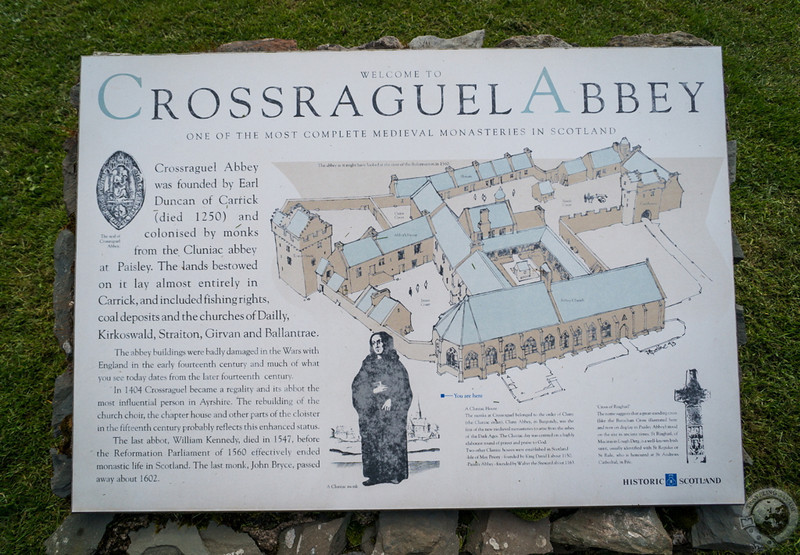
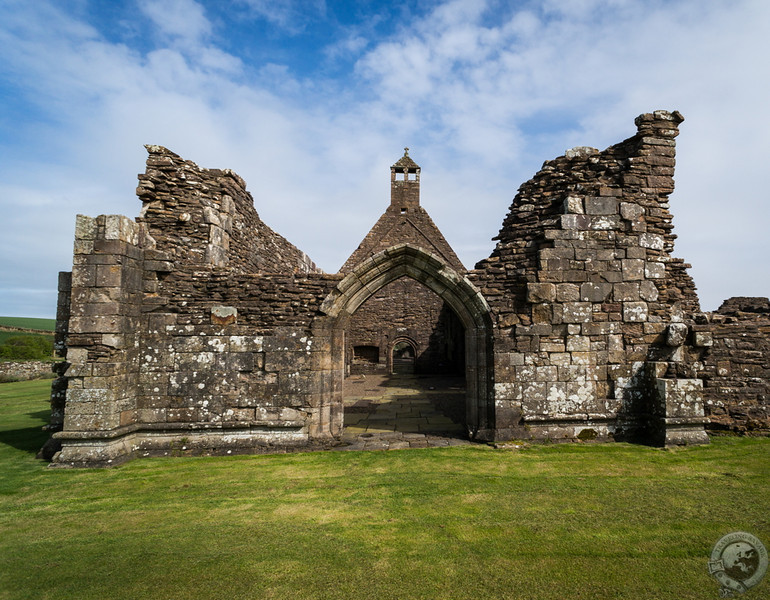
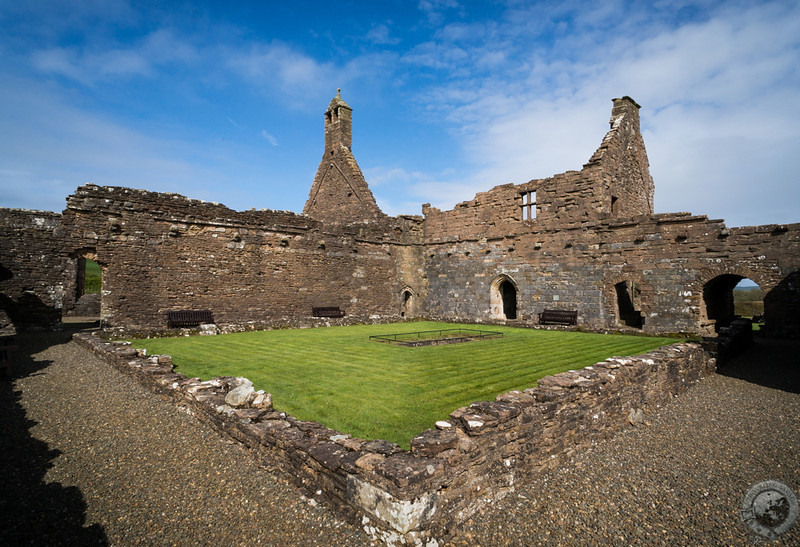
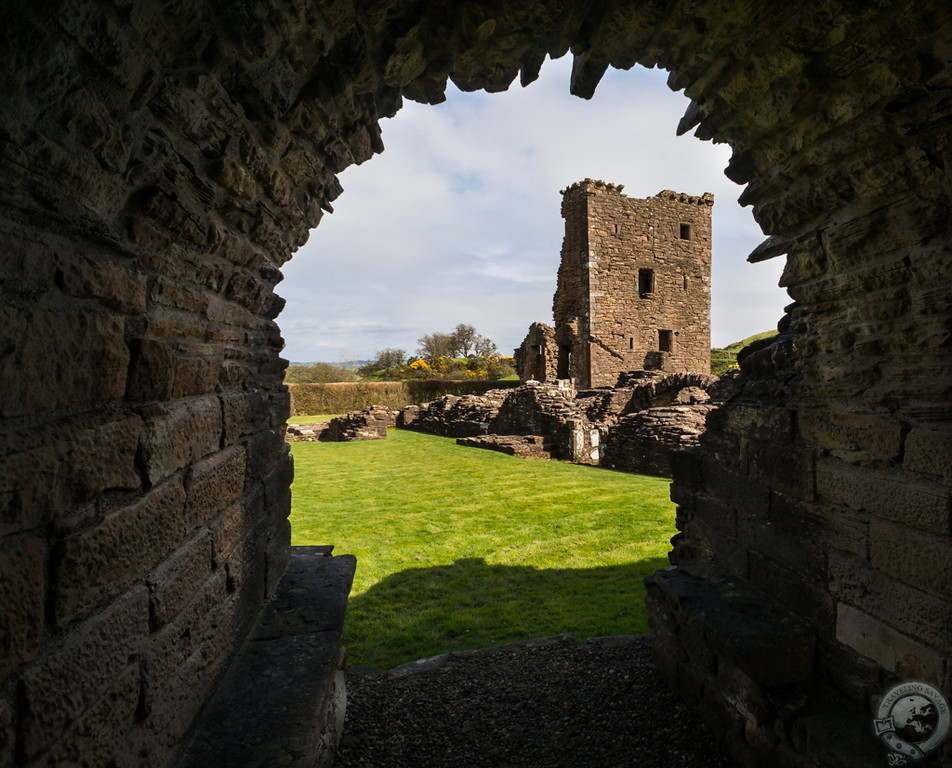
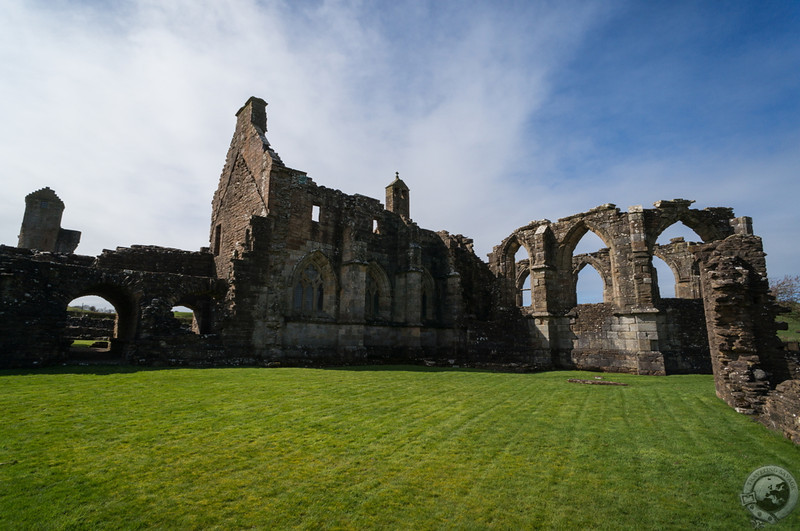
[…] litmus test. I didn’t know this prior to my visit. What I knew was that after visiting Crossraguel Abbey, Dundrennan Abbey, and Glenluce Abbey, my abbey hunting in Dumfries & Galloway would come to […]
[…] As my journey took me from Dumfries & Galloway to the Scottish Borders, so my gaze shifted from Crossraguel, Dundrennan, Glenluce, and Sweetheart abbeys to their famous Borders brethren. While most of the […]